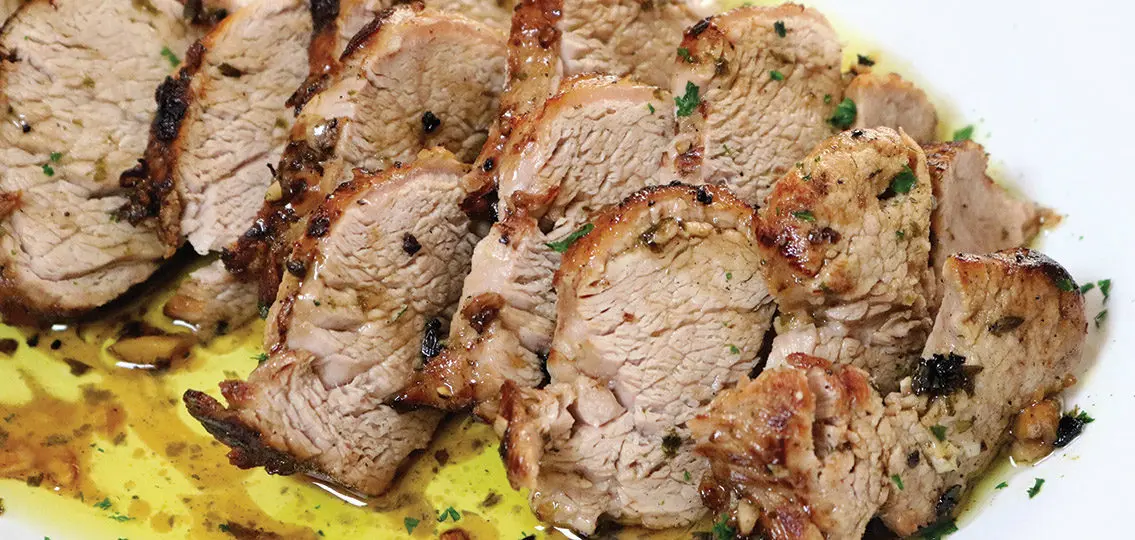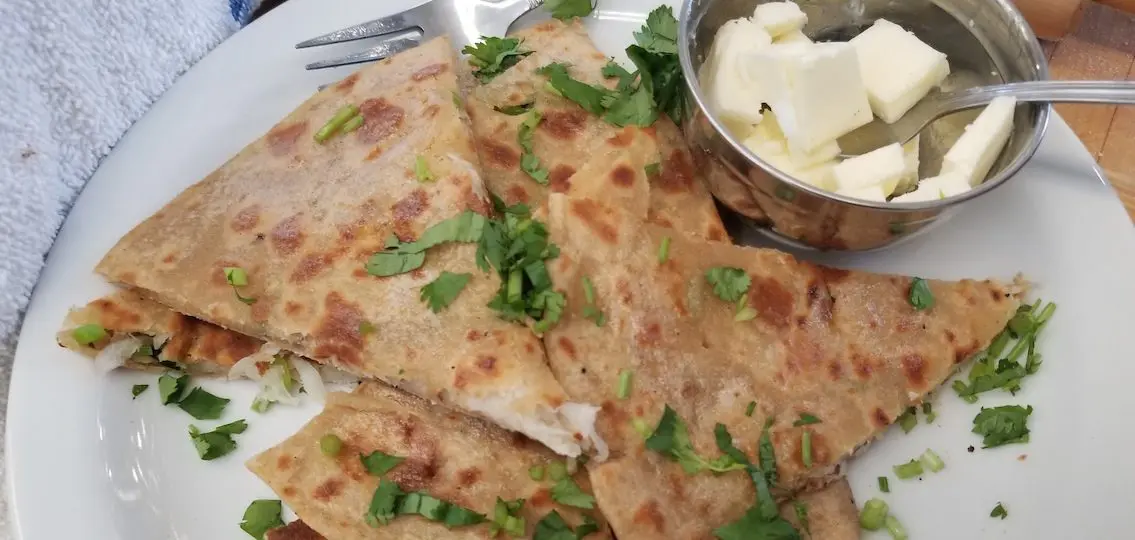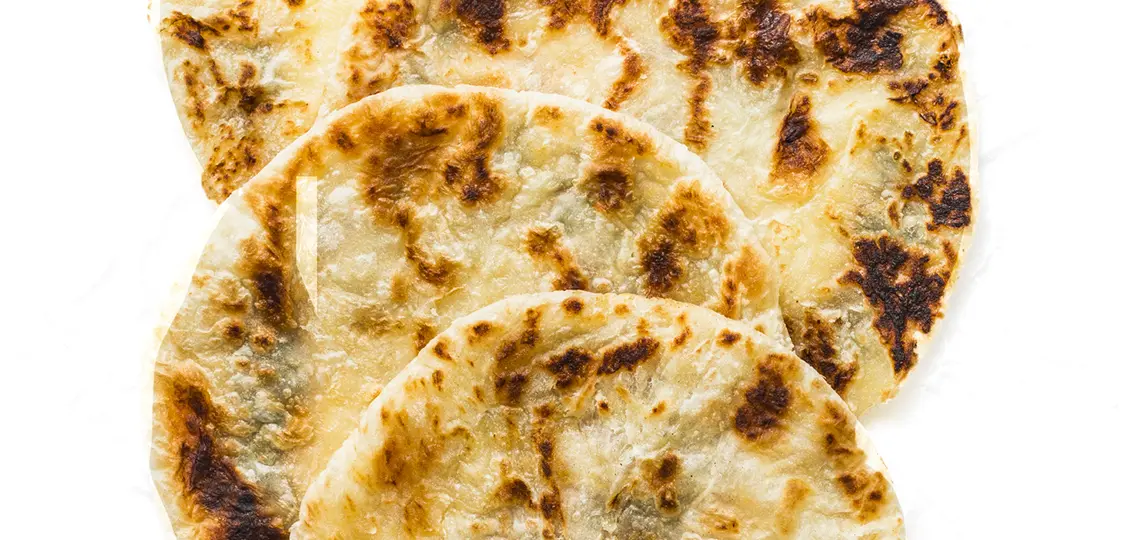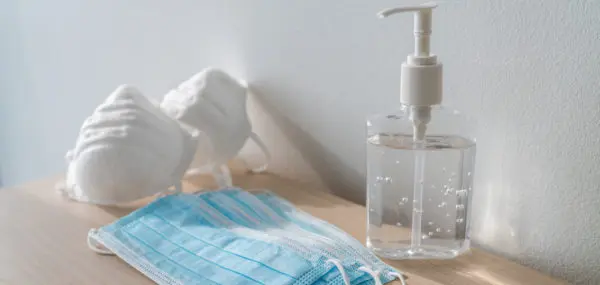Since the early days of social distancing and coping with the COVID-19 pandemic, meat, dairy, and frozen pizza have flown off the shelves at our local grocery. Supermarkets limit quantities per customer while experts recommend shoppers buy two weeks of groceries at a time.

While memes and news reports feature images of empty store shelves, my husband Felipe had the insight to lead us down the international aisle of the grocery store. Felipe grew up in a family where beans and rice were a staple thanks to the traditional skills of his Mexican-born mother. My husband knew that dry stock items with long shelf lives like rice, beans and bouillon cubes make a delicious meal—just add water.
Chef Farhana Sahibzada knows this as well. Originally from Lahore, Pakistan, she has been teaching and catering Indian food for more than 20 years in Southern California. She said when the pandemic became evident, “it was natural for me to think of Indian/Pakistani food staples like rice, flour, and lentils as my very first alternative.”
Time to Cook from Scratch
Most families have only so much freezer space. Instead of stocking up on ready-made mac-n-cheese or frozen pizza, save that space for perishables like meat, dairy, and vegetables. Then stock your pantry with basic dry ingredients that have a long shelf life. This pandemic has given many families the gift of time, so why not use some of that time for cooking meals from scratch, together?
“Make your own favorite Indian take out dish or another cultural restaurant favorite at home for a fraction of the cost of dining out,” suggests Chef Farhana. Or, she adds, you could try something new.
Chef Farhana is quick to say cooking from scratch doesn’t mean you have to do everything the hard way. “If there’s a shortcut available, take advantage of that.”
More Options than the Supermarket
When shopping for ingredients, remember that most communities have cultural-based grocery stores. Even when ingredients may be scarce at the supermarket, an Indian, Mexican, or Chinese grocer will likely have what you need. Chef Farhana said when she goes to the Indian grocery, she’s often the only customer there. So, from a social distancing standpoint, she feels much safer at the smaller specialty grocery.
If you want to venture into Indian cuisine at home, Chef Farhana suggests families try making paratha, an Indian flat bread similar to a Mexican tortilla. “Teens will have a lot of fun making their own paratha,” she says. “Try it with a simple fried egg or your favorite omelet for a pampered Sunday breakfast. It’s fun with your main meal of a flavorful Indian/Pakistani curry, too.”
Below is Chef Farhana’s recipe from her book Flavorful Shortcuts to Indian/Pakistani Cooking for families to try at home.
A Homemade Indian Flatbread: Plain Paratha Recipe
To form the dough, you will need:
- 4 cups whole wheat flour or chappati flour (or ‘atta’ available at Indian/Pakistani grocery stores)
- 1 teaspoon salt
- 2 cups water (plus another two cups set aside for additional amounts as needed)
- 4 tablespoons oil (optional)
- ¼ teaspoon ajwain seeds (optional)
- ½ teaspoon cumin seeds (optional)
- ¼ teaspoon Nigella seeds (optional)
- Some water as aid to finish kneading the dough
Making the dough:
- Mix the salt, flour, ajwain, cumin and nigella seeds in a bowl. Transfer contents to the container of a food processor; add oil and one cup of water as you start to mix on low speed., gradually add more water as needed. The dough will gather and form a dough ball, mix just until it all comes together. Transfer the dough ball to a bowl and using your fists. Knead for 2 to 4 minutes, dipping your fists in water periodically as you continue to knead
- Form a large patty, sprinkle with a few drops of water, set the dough patty in a bowl, cover with plastic wrap and set aside for at least 15 minutes before using.
- The dough should have a nice pliable consistency and not too firm, adjust dough consistency by adding drops of water or some flour as needed.
To make parathas, you will need:
- ½ stick melted butter or
- ½ cup oil or ghee
- 1 cup dry flour as aid to form doughballs and spreading the paratha
Instructions for the parathas:
- Divide prepared dough into 8 to 10 equal portions. Take each piece and with the aid of dry flour form a dough ball. Place prepared dough balls in a deep cake pan and cover with plastic.
- Heat a flat frying pan or tawa over medium flame. Take a dough ball; place on a flat surface lightly dusted with flour, using a rolling pin spread it in the shape of a small circle approximately 3 to 4 inches in diameter. Brush top of the spread piece with butter, ghee or oil, starting at the end away from you roll up the flattened dough towards you in a cylindrical shape. (Like rolling up a small rug.)
- Hold the rolled dough (tube) in one hand. Flatten the tube down to form a disc by twisting and curling as you press the rolled dough down in the palm of your hand. Or simply fold the dough over the brushed butter and bring it together to form a disc by covering and encasing the buttered side.
- Return the disc to a flat surface and with a rolling pin spread into a 6- to 7-inch round tortilla—dust with more flour if needed. Pick up the flattened dough. Finish by tossing between the palms of your hand to finish the spreading to about 7- to 9-inch diameter.
- Transfer gently on to the moderately heated tawa or a flat frying pan. Cook for a minute on one side, turn over to cook on the other side. Brush each side lightly with oil or butter as you cook. Repeat turning the paratha as needed to ensure even cooking on both sides to a light golden color (3-6 minutes).
- Serve warm with meat and vegetable dishes. Any leftover dough or prepared parathas can be stored in an airtight container in the refrigerator for 2-3 days.
Makes 8-10 parathas






